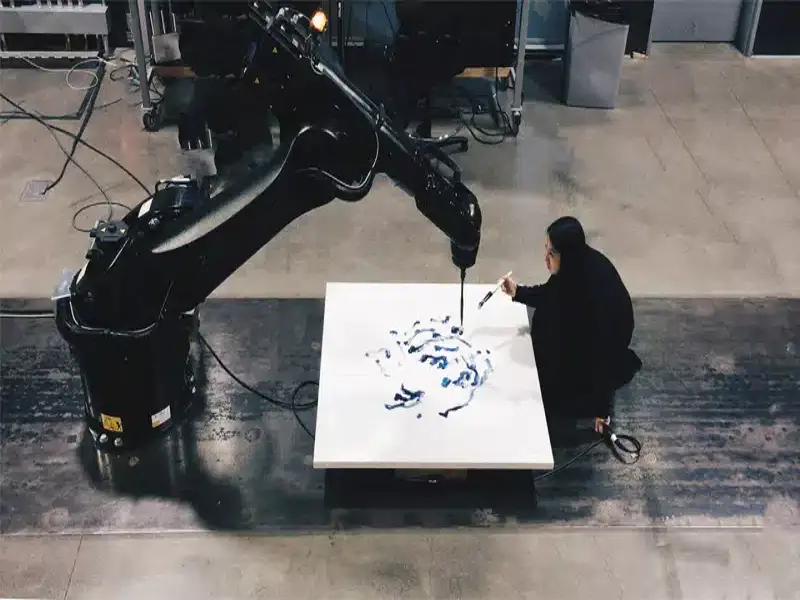
Revolutionizing Art: The Intersection of Technology and Creativity
In the realm of human expression, art has always been a beacon of cultural identity, a mirror reflecting societal values, and a vessel for individual emotions. However, the advent of technology has disrupted traditional artistic norms, ushering in a new era of creative possibilities. This article aims to elucidate the intricate relationship between technology and creativity, exploring how they intersect and revolutionize the world of art.
Thank you for visiting Art Institutes, don't forget to subscribe to the Art Institutes Newsletter!
Understanding Technology and Creativity
To begin, it’s essential to understand the two key components of our discussion: technology and creativity.
1. Technology: Technology, in the context of this article, refers to the tools, machines, and methods used to achieve a specific goal, especially those related to the production and dissemination of art. This can range from traditional tools like paintbrushes and chisels to modern digital tools like computers and 3D printers.
Art8 "Webinars for Creatives" https://art8.net
2. Creativity: Creativity is the ability to generate ideas, solutions, or products that are both novel and valuable. In the context of art, creativity is the spark that ignites the artistic process, leading to the creation of unique and meaningful works.
The Intersection of Technology and Creativity
The intersection of technology and creativity is a dynamic and ever-evolving space where artists and technologists collaborate to push the boundaries of artistic expression. This intersection can be visualized as a Venn diagram, with technology providing the tools and resources, and creativity providing the vision and inspiration.
1. Digital Art: Digital art is a prime example of the intersection of technology and creativity. Digital art encompasses various forms, such as computer graphics, digital photography, and digital illustration. Artists use digital tools to create, manipulate, and display their work, opening up a world of possibilities that were previously unimaginable.
2. 3D Printing: 3D printing technology has revolutionized sculpture and product design by allowing artists to create intricate, detailed, and complex pieces that would be nearly impossible to create by hand. This technology has democratized sculpture, making it accessible to artists of all skill levels.
3. Virtual Reality (VR) and Augmented Reality (AR): VR and AR technologies are transforming the way we experience art. Artists can now create immersive, interactive environments that engage viewers in new and exciting ways. This technology allows for a more personal and interactive experience, breaking down the barriers between artist and viewer.
4. AI and Machine Learning: Artificial Intelligence (AI) and machine learning are being used to generate art, challenging our understanding of what it means to be an artist. Algorithms can analyze vast amounts of data and generate art based on patterns and trends, creating unique pieces that reflect the collective consciousness of our digital age.
The Future of Art is Bright
The intersection of technology and creativity is a fertile ground for innovation and exploration. As technology continues to evolve, so too will the ways in which we create and experience art. This intersection not only challenges traditional artistic norms but also provides new opportunities for artists to express themselves and connect with their audience in unprecedented ways.
In the end, the relationship between technology and creativity is a symbiotic one. Technology provides the tools and resources, while creativity provides the vision and inspiration. As we continue to push the boundaries of what is possible, the future of art is bright and filled with endless possibilities.


